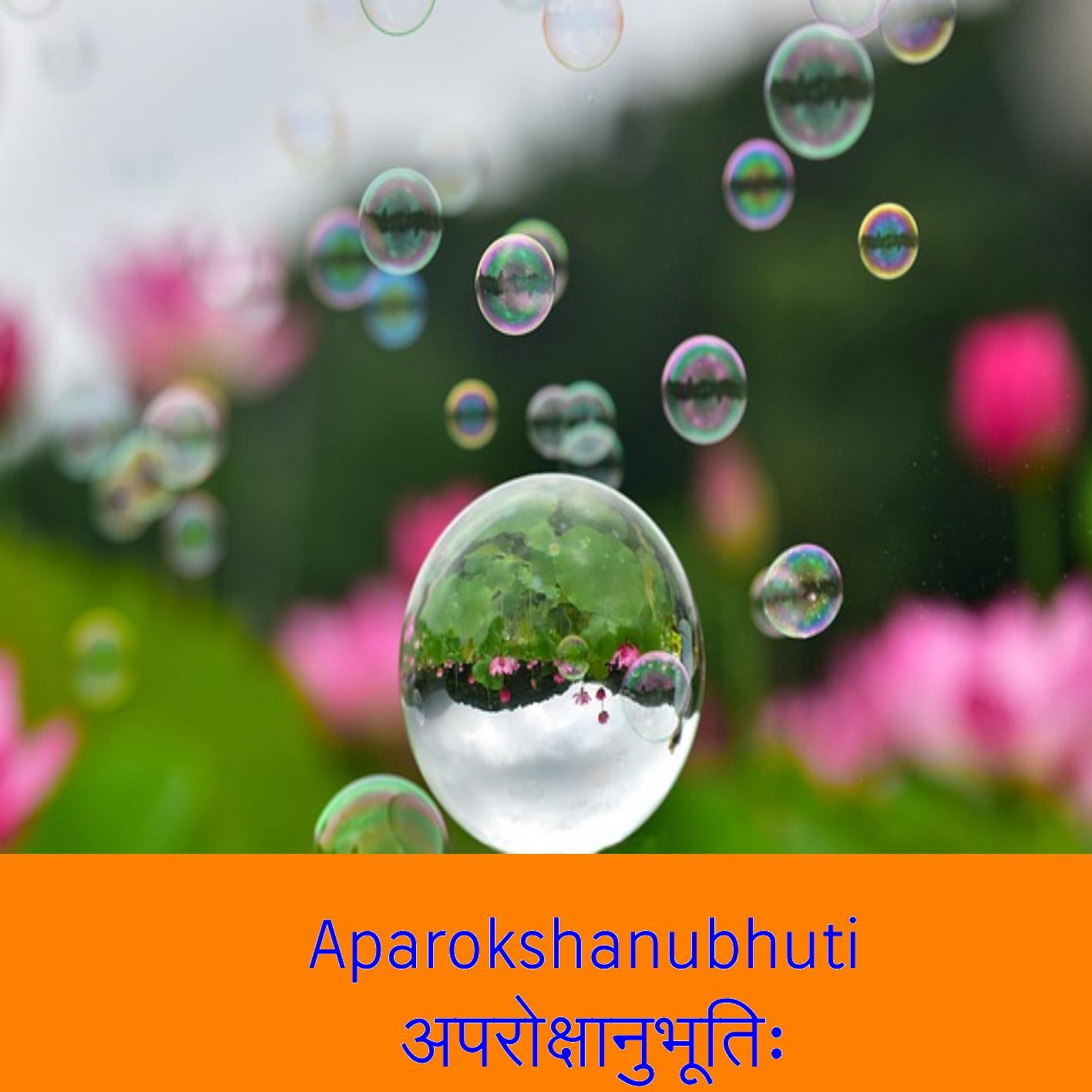Aparokshanubhuti-25
- Author
- Aurobind Padiyath
- Published
- Mon 25 Aug 2025
- Episode Link
- https://redcircle.com/shows/fe53db7f-360c-4b30-b69c-83084d6bcae3/episodes/4f2e8988-2d7e-4fcb-80ed-f074e1083d12
Verse No 66
Here, the reason (hetu), along with a supporting example, is given under the heading “kārya” (effect). The Śruti says:
“Dear one, by knowing a lump of clay, all that is made of clay becomes known” (Chāndogya Upaniṣad 6.1.4).
The reasoning is as follows: If the effect (pot, jar, etc.) were truly different from the cause (clay), then knowledge of the cause would not yield knowledge of all its effects. Since it does (as per the Upaniṣad), the effect must be non-different from its cause.
Verse No 67
The non-difference of effect and cause (kārya–kāraṇa-ananyatva) is further clarified by means of an illustration.
The “grasped” (gṛhyamāṇa) object — here, the shining self (bhāsura) — is of the nature of illumination itself, self-luminous, requiring no external means of knowledge (pramāṇa-nirapekṣa).
